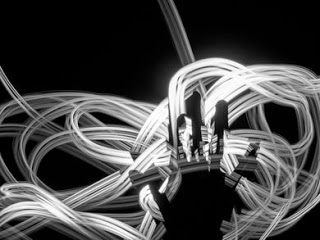A laboratory demonstration of the classic “Wigner’s friend” thought experiment could overturn cherished assumptions about reality At a quantum level observation brings reality into existence, but what happens when the observer also gets observed, well, it seems there can be two different realities, so one scientist may see an electron spinning up, while the other sees it spinning down.Does an objective world actually exist, and will quantum physics need to be abandoned?The second article is a bit easier to understand. Now Tischler and her colleagues have carried out a version of the Wigner’s friend test. By combining the classic thought experiment with another quantum head-scratcher called entanglement—a phenomenon that links particles across vast distances—they have also
Topics:
Mike Norman considers the following as important:
This could be interesting, too:
Robert Vienneau writes Austrian Capital Theory And Triple-Switching In The Corn-Tractor Model
Mike Norman writes The Accursed Tariffs — NeilW
Mike Norman writes IRS has agreed to share migrants’ tax information with ICE
Mike Norman writes Trump’s “Liberation Day”: Another PR Gag, or Global Reorientation Turning Point? — Simplicius
A laboratory demonstration of the classic “Wigner’s friend” thought experiment could overturn cherished assumptions about reality
Does an objective world actually exist, and will quantum physics need to be abandoned?
The second article is a bit easier to understand.
Quantum reality is either weirdly different or it collapses
This is a relatively simple experiment to do, so Wigner grabs his friend, Alice, and places her in a sealed laboratory. Alice measures the spin of a stream of electrons that are prepared in a superposition state. Wigner is outside the laboratory and will measure the entire laboratory. Alice, before passing out, determines that an electron is spin-up. But Wigner hasn’t made a measurement, so he sees Alice in a superposition of having measured spin-up or spin-down. When Wigner makes his measurement, hypothetically, he could end up with a result where Alice measured spin-down when in fact she measured spin-up.

